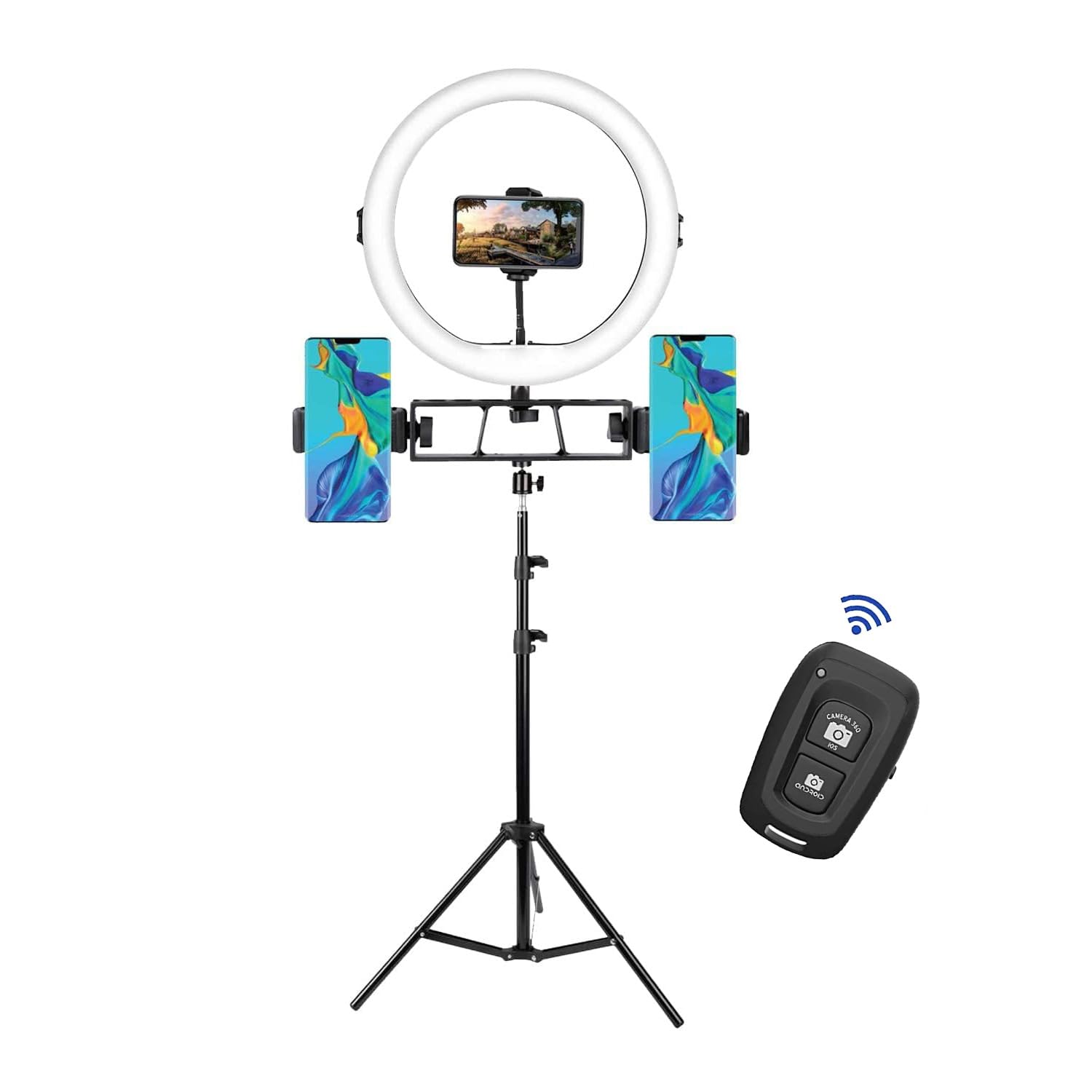In today’s digital landscape, video content has become a powerful tool for engaging audiences and enhancing the overall user experience. Integrating video into your blog can boost engagement, improve SEO, and make your content more dynamic and shareable. However, adding video content requires careful planning and execution to ensure it complements your written content and aligns with your blog’s goals. Learning how to integrate video content into your blog can significantly boost engagement and provide a more dynamic experience for your readers. In this blog, we’ll explore step-by-step strategies for seamlessly integrating video content into your blog.

🚀 Why Should You Add Video to Your Blog?
The internet is becoming more video-centric, with platforms like YouTube, Instagram, and TikTok leading the way. If you’re a blogger, integrating video content into your blog can boost engagement, improve SEO rankings, and make your posts more interactive.
Before diving into the “how,” let’s look at the “why.” Here are some compelling reasons to incorporate video into your blog:
- Increased Engagement: Videos capture attention and keep visitors on your page longer.
- Improved SEO: Search engines favor multimedia content, and videos can boost your rankings.
- Enhanced User Experience: Videos provide an alternative way to consume information, catering to different learning styles.
- Higher Conversion Rates: Videos can effectively showcase products, services, or ideas, leading to better conversion rates.
- Social Media Appeal: Video content is highly shareable, increasing your blog’s reach.
But how do you effectively blend video with written content? This guide will take you through the best strategies, tools, and tips to seamlessly integrate video into your blog.
🎯 The Benefits of Adding Video to Your Blog
✔️ Higher Engagement – Videos capture attention quickly and keep visitors on your page longer.
✔️ SEO Boost – Google prioritizes pages with rich media, improving your search rankings.
✔️ Better Content Retention – People remember video content more than plain text.
✔️ Increased Conversions – A well-placed video can increase leads, sales, and sign-ups.
✔️ More Social Shares – Videos are more likely to be shared, increasing your reach.
🎬 How to Integrate Video into Your Blog: 5 Effective Methods
1️⃣. Embed YouTube or Vimeo Videos (Best for SEO & Performance)
The easiest and most effective way to integrate video into your blog is by embedding a video from YouTube, Vimeo, or other hosting platforms.
🔹 Steps to Embed a Video:
1️⃣. Upload your video to YouTube, Vimeo, or another platform.
2️⃣. Click the “Share” button below the video.
3️⃣. Select “Embed” and copy the code.
4️⃣. Paste the embed code into your blog’s HTML editor or use the “Embed Video” option in WordPress, Wix, or Blogger.
📌 Pro Tip: Embedding videos saves server space and improves website speed since the video is hosted externally.
2️⃣ Self-Hosted Videos (For Full Control But Risky)
If you want complete control over your videos, you can self-host them on your website.
🔹 Steps to Self-Host Videos:
✔️ Upload the video to your WordPress media library or another CMS.
✔️ Use a built-in video player (HTML5, WordPress, or third-party plugins).
✔️ Insert the video directly into your blog post.
⚠️ Caution:
Self-hosting can slow down your site and increase server costs. To fix this, use a Content Delivery Network (CDN) like Cloudflare to optimize performance.
📌 Best For: Advanced bloggers who want full control over their video content.
3️⃣ Turn Blog Posts into Videos (Repurpose Your Content!)
If you already have a successful blog post, why not convert it into a video? This method allows you to reach a wider audience by offering the same content in different formats.
🔹 Best Tools to Convert Blog Posts into Videos:
🎥 Lumen5 – An AI-powered tool that turns articles into engaging videos.
🎥 Canva – An Easy-to-use editor for creating animated videos.
🎥 InVideo – An Advanced editor for professional-looking videos.
📌 Pro Tip:
🔹 Add video transcripts below the video to improve SEO.
🔹 Upload the video to YouTube and embed it back into your blog for more views.
4️⃣. Add Short GIFs or Video Snippets (For Quick Engagement)
If a full-length video isn’t necessary, you can use GIFs or short video snippets to enhance your content.
🔹 Best Tools for Creating GIFs:
🟢 Giphy – A free GIF library and creation tool.
🟢 EZGIF – Converts videos into GIFs easily.
🟢 Canva – Allows you to create animated visuals.
📌 Best For:
✔️ Tutorials & How-To Guides – Explain concepts with animated steps.
✔️ Product Reviews – Show short clips of the product in action.
✔️ Entertainment Blogs – Add humor and motion to your content.
5️⃣. Use Video Backgrounds or Headers (For a Modern Look)
Want to make your blog more visually appealing? Add a video background or header to your website!
🔹 How to Add a Video Background:
✔️ Use a WordPress theme that supports video backgrounds (e.g., Astra, Divi).
✔️ Upload a looping MP4 video to your blog’s homepage or header.
✔️ Optimize the video to load quickly without slowing down your site.
📌 Best For: Travel, fashion, business, and portfolio blogs.
🔥 Best Practices for Adding Video to Your Blog
✔️ Optimize Video Size & Format – Use MP4 format and compress videos to prevent slow loading.
✔️ Add Captions & Transcripts – Helps with SEO and makes content accessible.
✔️ Place Videos Above the Fold – Make sure videos are visible without scrolling.
✔️ Use an Engaging Thumbnail – A high-quality thumbnail encourages more clicks.
✔️ Add a Call-to-Action (CTA) – Encourage viewers to subscribe, comment, or visit your website.
📈 How Videos Improve Your Blog’s SEO
Adding video to your blog can significantly boost your SEO rankings because:
✔️ Increases Dwell Time – Visitors stay longer, signaling high-quality content to Google.
✔️ Reduces Bounce Rate – Engaging videos keep readers on your page.
✔️ Higher Click-Through Rate (CTR) – A video thumbnail in search results attracts more clicks.
✔️ Google Video Indexing – Your blog post can rank in Google’s video search results.
📌 Pro Tip: Add structured video schema markup to help Google understand and rank your video content better.
🎯 Final Thoughts: Should You Add Video to Your Blog?
YES! Integrating video into your blog is a game-changer for engagement, SEO, and monetization. Whether you’re embedding YouTube videos, creating GIFs, or turning blog posts into videos, adding rich media will make your blog stand out in today’s competitive digital space.
Integrating video content into your blog is no longer optional—it’s essential for staying competitive and engaging your audience. By following the steps outlined above, you can create high-quality videos that enhance your blog’s value, improve SEO, and drive more traffic. Remember, the key is to align your video content with your blog’s goals and audience preferences. Start small, experiment with different formats, and analyze your results to refine your strategy over time.
✅ Quick Recap:
✔️ Embed YouTube/Vimeo Videos – Best for SEO & easy integration.
✔️ Self-Host Videos – Gives full control but requires optimization.
✔️ Turn Blog Posts into Videos – Reach a wider audience with repurposed content.
✔️ Use GIFs & Short Clips – Quick engagement with motion graphics.
✔️ Add Video Backgrounds – Enhance the visual appeal of your blog.
🚀 Start integrating video content today and watch your blog grow!
💬 What’s Next?
Do you already use video in your blog? Let me know in the comments below! 👇 🎥💡
Would you like me to add a section on monetizing video content in blogs? 😊
Read Also
- Staying Motivated as a Long-Term Blogger
- Pros and Cons of Vlogging vs. Blogging
- How to Use Analytics to Grow Your Blog
- Overcoming Common Technical Issues in Blogging
- Balancing Blogging with a Full-Time Job
- Dealing with Writer’s Block as a Blogger
- Affiliate Marketing Strategies for Bloggers
- 10 Best Keyword Research Tools
- Best AI SEO Tools in 2024
- Best Blogging Software and Tools in 2025
- Creating an Effective Content Calendar
- B2B Blogging: A Powerful Tool for Business Growth
- Comparison of Popular Content Management Systems (CMS)
- 8 best Tools for Checking the Readability of Your Blog Post
- Choosing the Right Niche for Long-Term Blogging Success
- Networking with Other Bloggers in Your Niche
- Hosting Webinars and Podcasts for Your Blog Audience

LED Ring Light with Tripod Stand & Bluetooth Remote for Mobile Phones & Camera
High power 10W Ring LED is suitable for most devices that support USB ports, such as laptops, PCs, mobile power, USB chargers, AC adapters, etc. You will be able to enjoy LED ring light at any time freely!
Frequently Asked Questions (FAQs)
A. The best way to add videos to your blog is by embedding them from platforms like YouTube, Vimeo, or Dailymotion. This ensures fast loading speeds, better SEO, and minimal impact on your website’s performance.
A. Self-hosting videos gives you full control, but it can slow down your website and increase bandwidth costs. To avoid performance issues, use a CDN (Content Delivery Network) or host videos externally on YouTube or Vimeo.
A. Videos increase dwell time, reduce bounce rates, and enhance user engagement, all of which signal to Google that your content is valuable. Additionally, embedding YouTube videos can help your blog rank higher in search results.
A. Yes! You can repurpose blog content into videos using tools like Lumen5, Canva, or InVideo. This allows you to reach a broader audience on YouTube and social media while driving more traffic to your blog.
A. Place videos above the fold (near the top of your blog post) to capture attention immediately. You can also add videos within relevant sections to illustrate key points and improve user experience.





